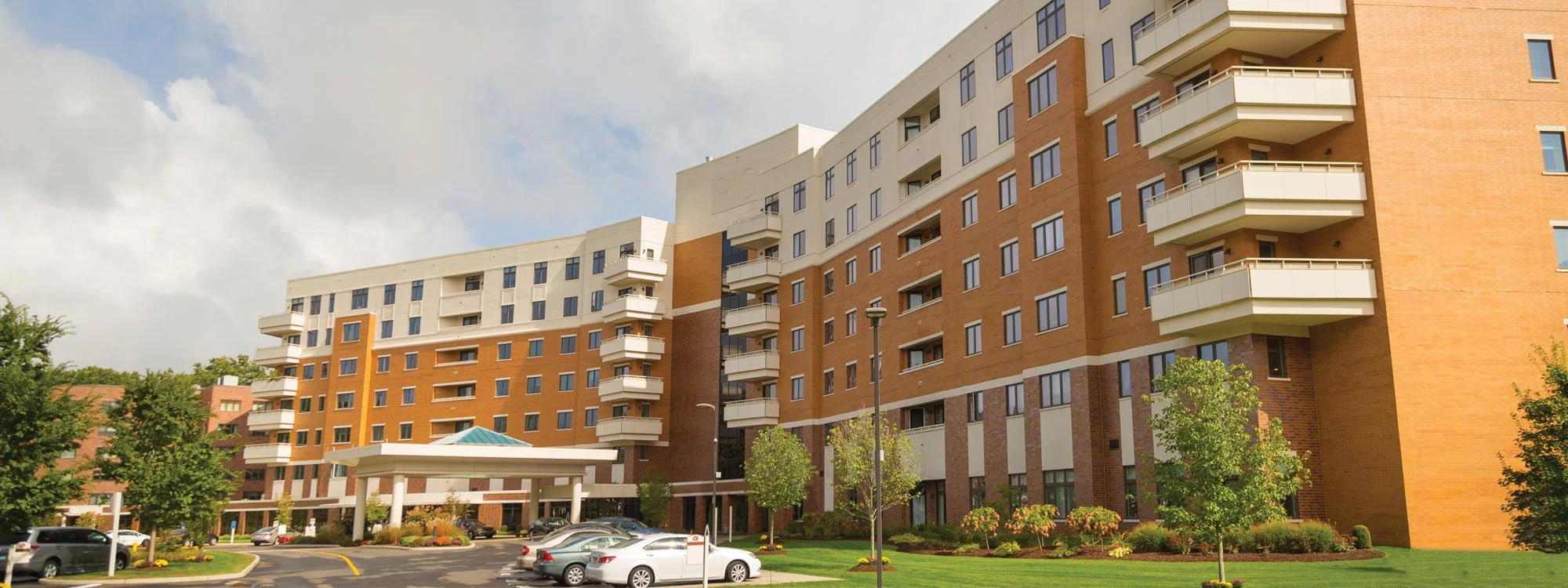
The Angelic Viol
Caroline Nicolas, viola da gamba
Kevin Payne, theorbo
Caroline Nicolas, viola da gamba, and Kevin Payne, theorbo, perform works by Marin Marais and Antoine Forqueray.
Caroline Nicolas and Kevin Payne
Meet the performers
Acclaimed cellist/gambist Caroline Nicolas enjoys an active and multifaceted career as one of the outstanding performers in her field. Noted for her “eloquent artistry and rich, vibrant sound” (Gainesville Times), she has been praised for her unique ability to combine emotionally rich interpretations with a historically inquisitive spirit. She regularly appears with leading ensembles as soloist, chamber musician, and music director.
Ensembles she has worked with include the English Concert, Trinity Baroque Orchestra, Mercury Chamber Orchestra, Ars Lyrica Houston, Juilliard Baroque, Harmonia Stellarum, Philharmonia Baroque, Pacific MusicWorks, Kammerorchester Basel, New World Symphony, and Sinfonieorchester Liechtenstein. Festival appearances include the Boston Early Music Festival, Indianapolis Early Music Festival, Bach Festival Leipzig, and Styriarte Festival in Austria. More information is available at www.carolinenicolas.com
Lutenist Kevin Payne is active as a recitalist, accompanist, and continuo player. Recent ensemble work includes performances with Philharmonia Baroque Orchestra, Seattle Symphony, Blue Heron, Handel and Haydn Society, and Bach Collegium San Diego. Festival appearances include Caramoor, Tanglewood, Spoleto, and Newport Classical. Performance venues include Carnegie Hall, Alice Tully Hall, the Kennedy Center in Washington, D.C., the National Concert Hall in Taipei, Taiwan, the Concertgebouw in Amsterdam, and the Festspielhaus in Baden-Baden, Germany. His playing has been broadcast on a number of nationally syndicated radio programs including Sunday Baroque and Performance Today.
Program notes
Despite a similarity in appearance, the viola da gamba (viol in English, viole in French) is neither an ancestor nor even a close relative of the modern cello. With six or seven strings and a fretted fingerboard, It has more in common with members of the lute family, including the theorbo. The earliest examples of these “bowed lutes” emerged in the 15th century and reached the height of popularity in the late baroque period, when virtuoso player-composers such as Marin Marais and Antoine Forqueray published extensive collections of music for the bass viol as a solo instrument.
Marais is widely considered to be the foremost composer of solo music for the viol. He exploited the wide range and sonic capabilities that resulted from the addition of a seventh string on the bass side of the instrument in his magnum opus of six collections (books) of suites consisting of stylized dance forms (such as the courante) and descriptive character pieces such as Les Voix Humaines that concludes today’s program.
Program
Marin Marais (1656-1728) - Suite in G major from Book 3
Prelude
Courante
La Suzette
La badinage from Book 4
Suite in a minor from Book 3
Prelude
Courante
Menuet et Autre
Antoine Forqueray (1672-1745) from Suite No. 1 for viola da gamba and basso continuo
La Bellement
La Portugaise
Marais - Suite in D Major from Book 3
Plainte
La Trompette Menuet et Double
Rondeau
Les Voix Humaines from Book 2


